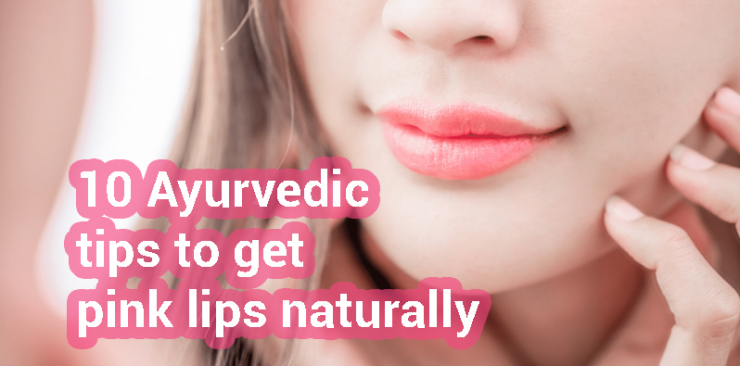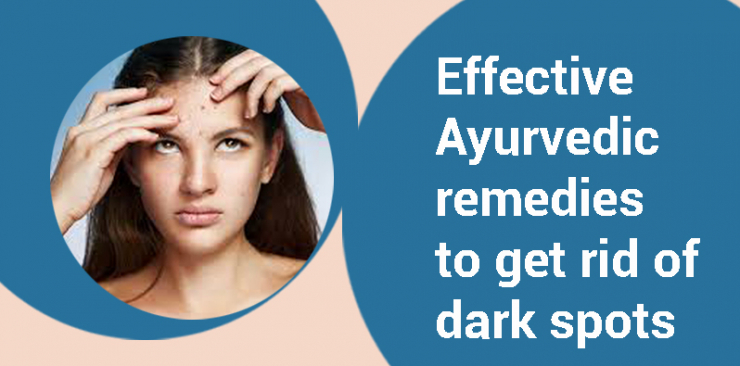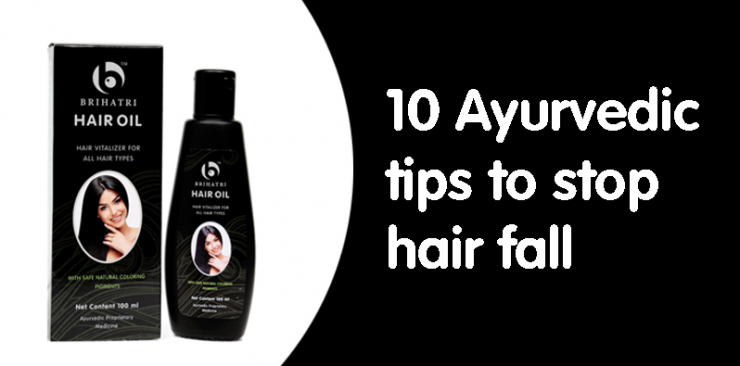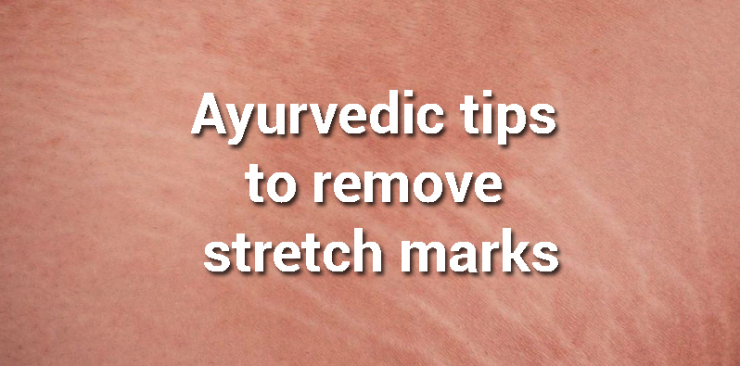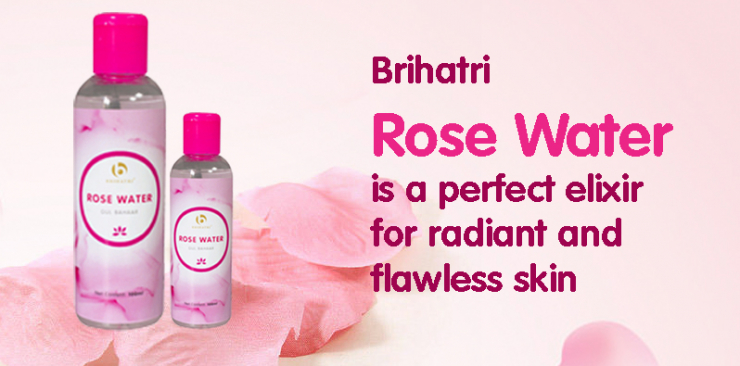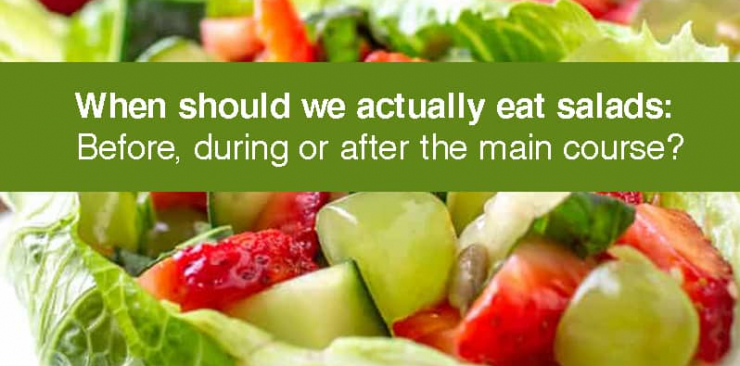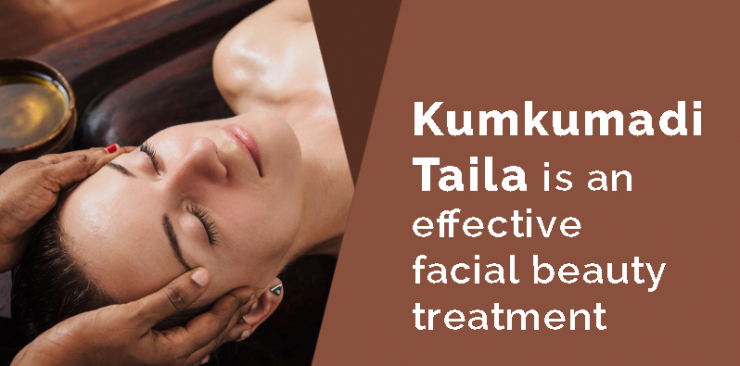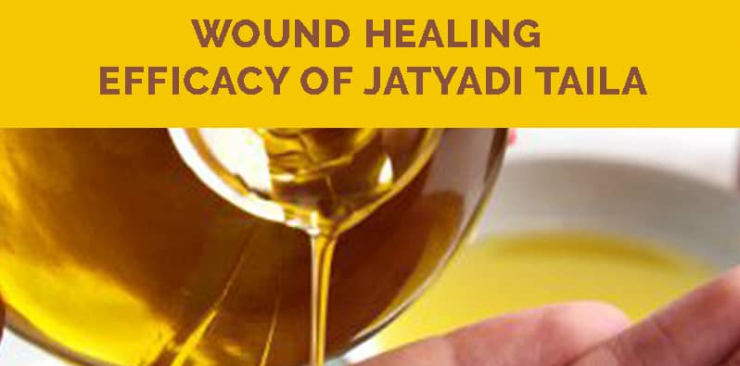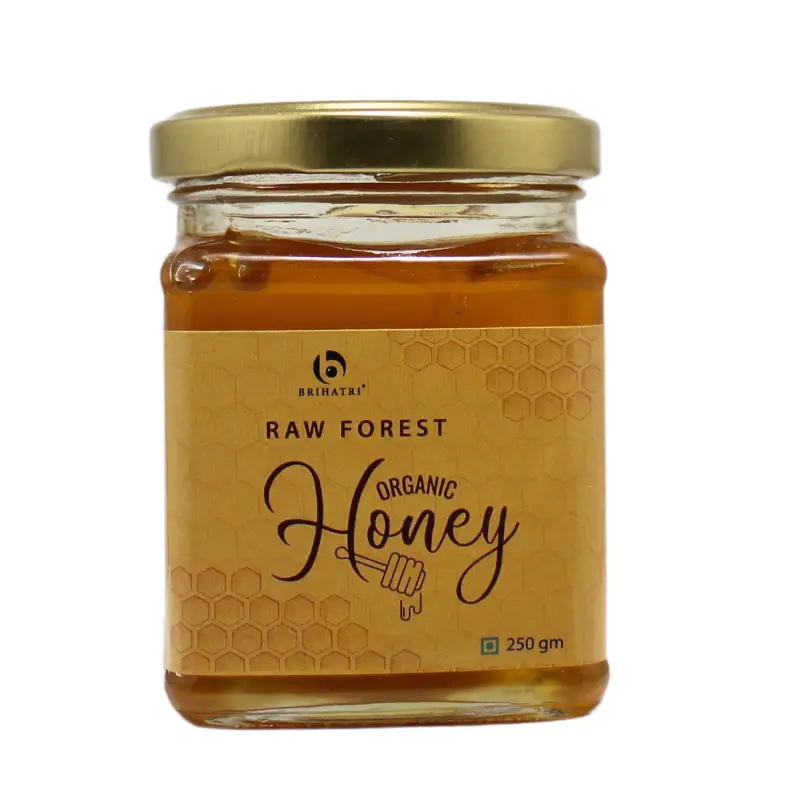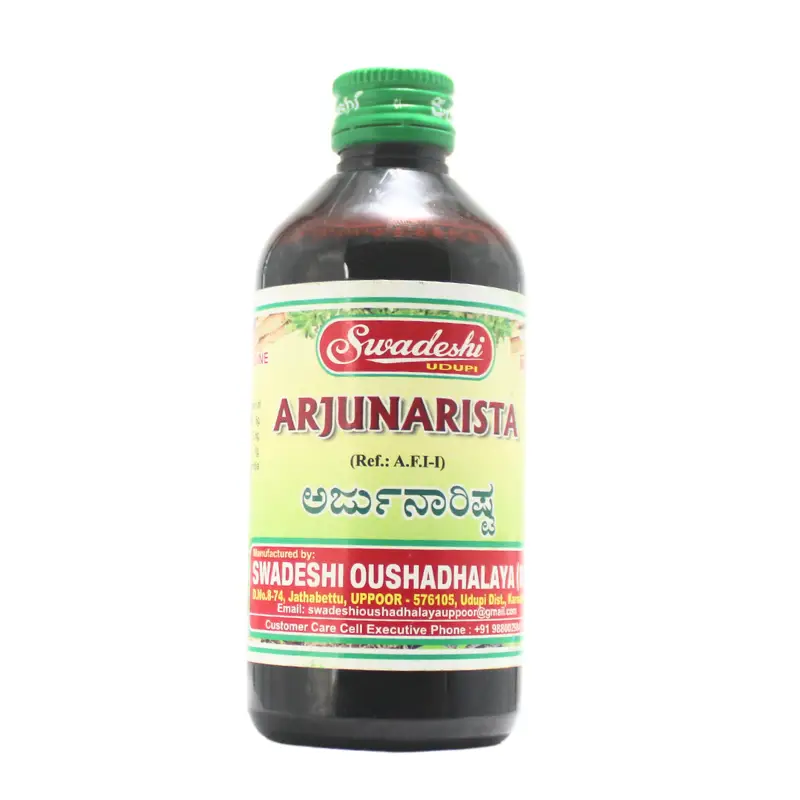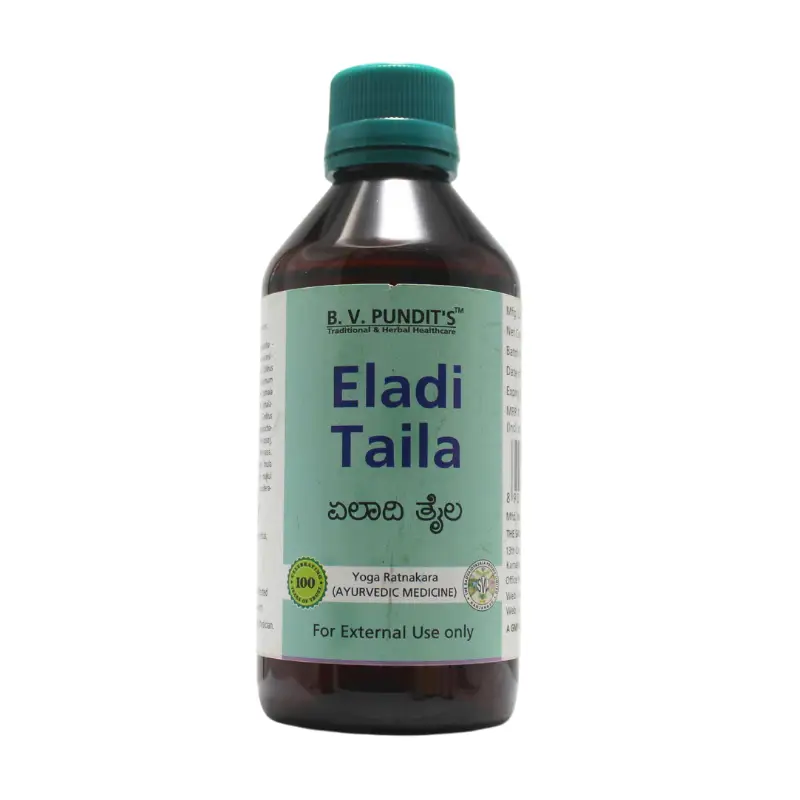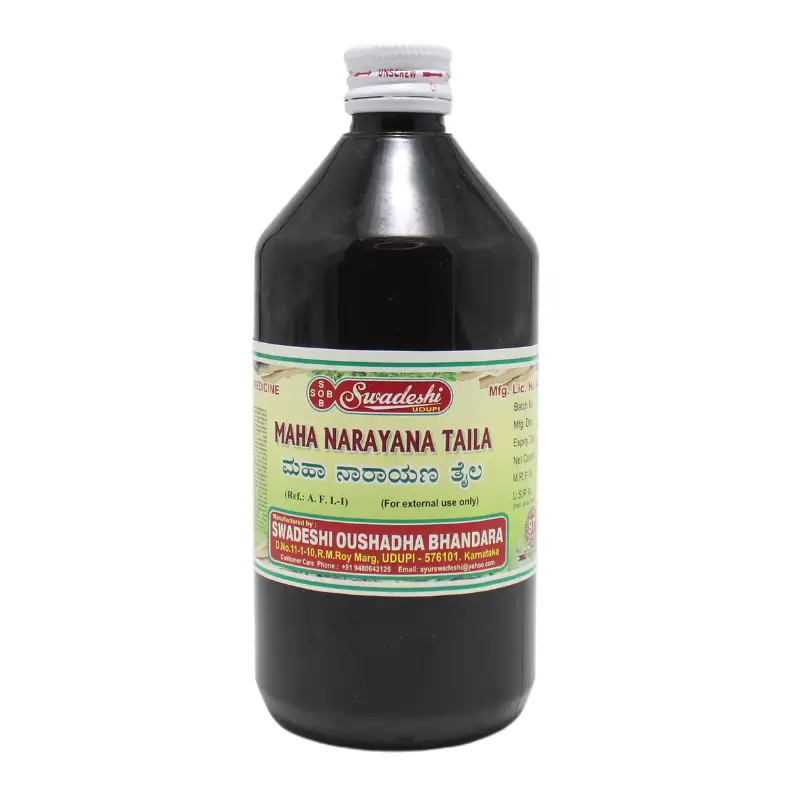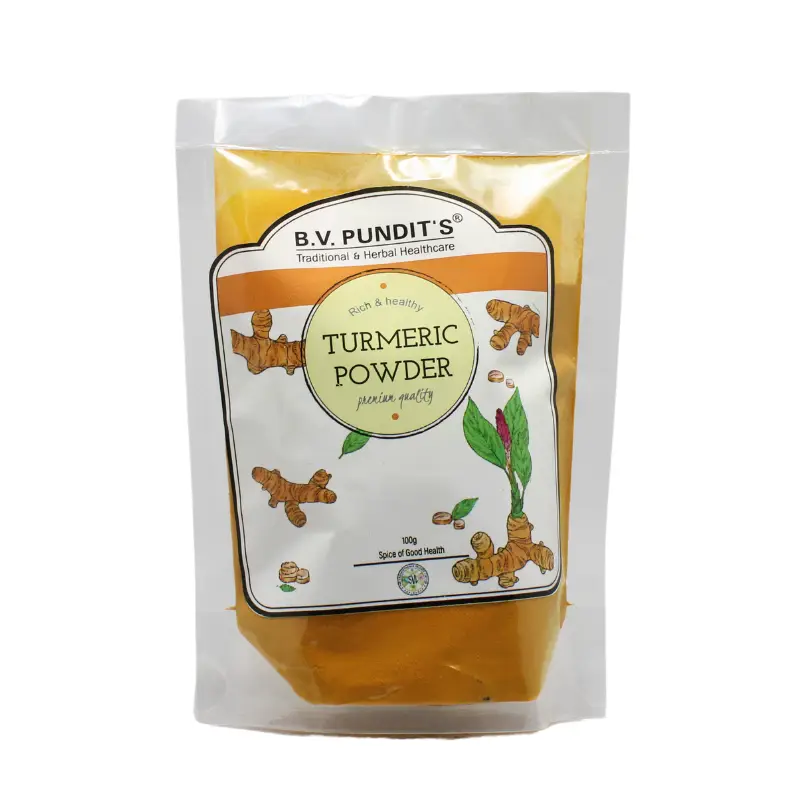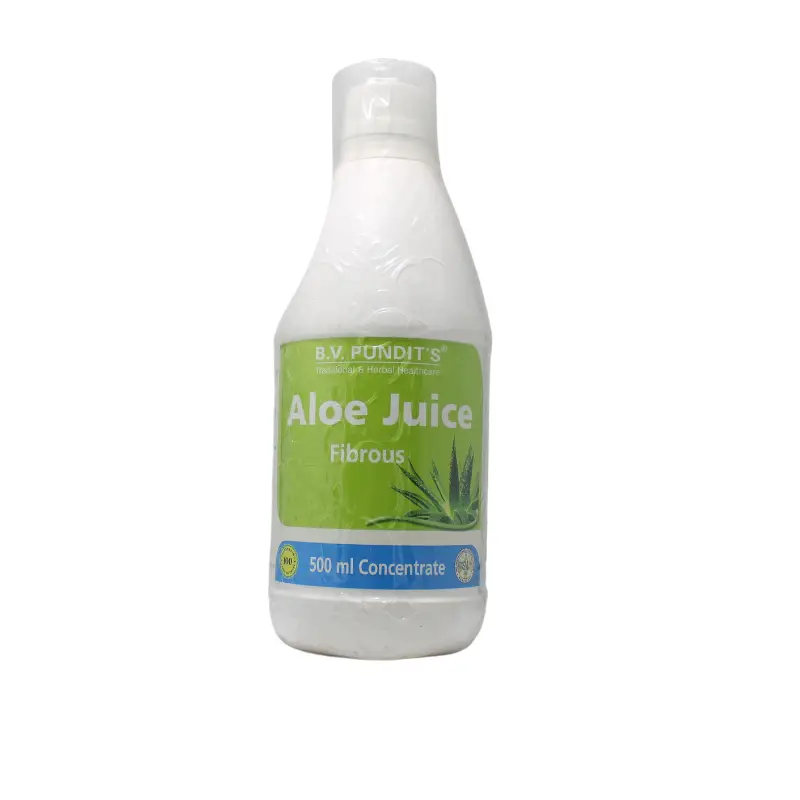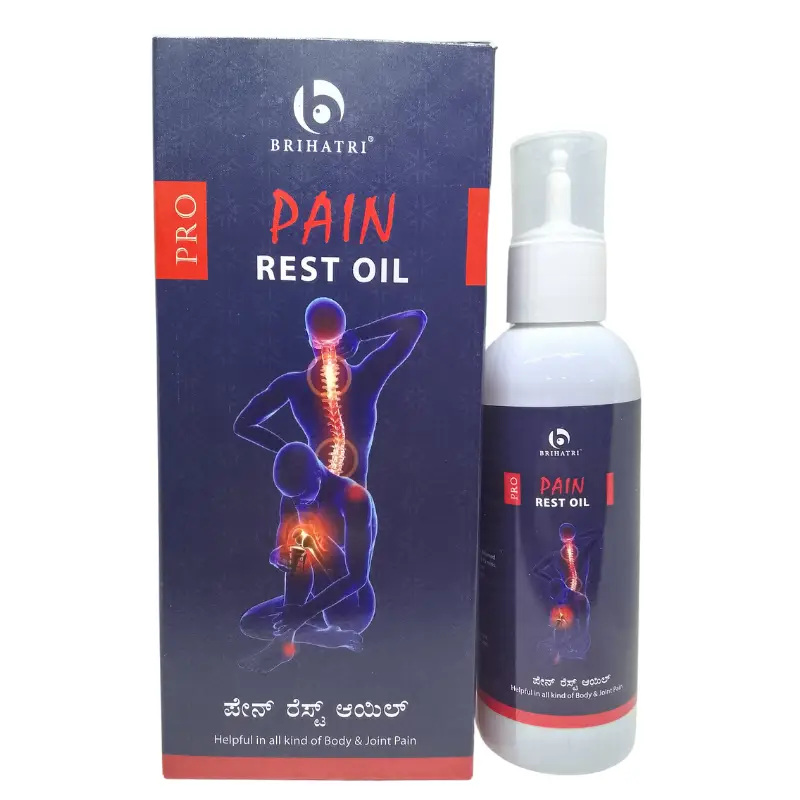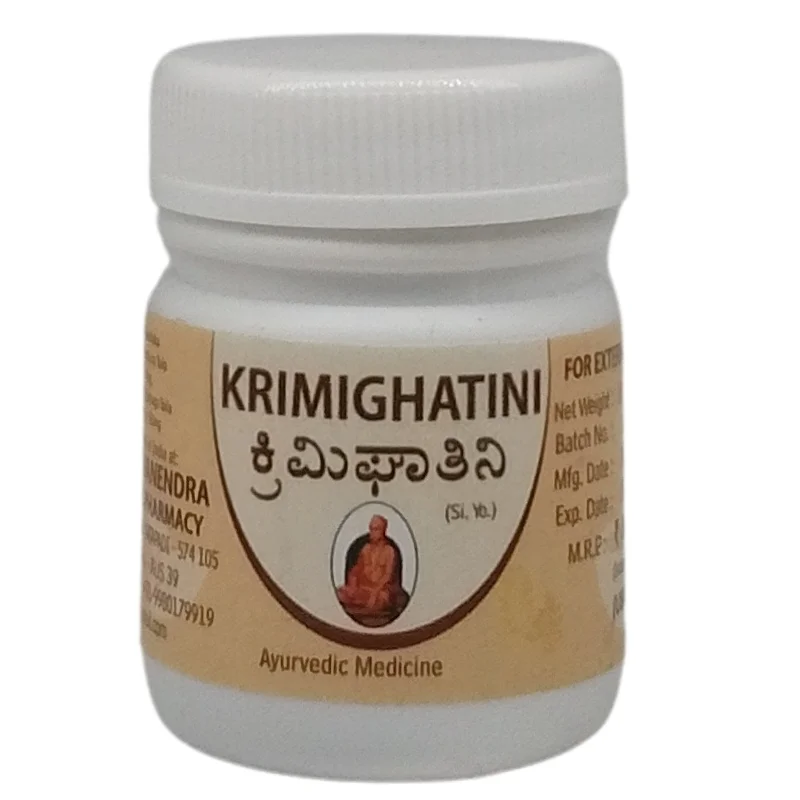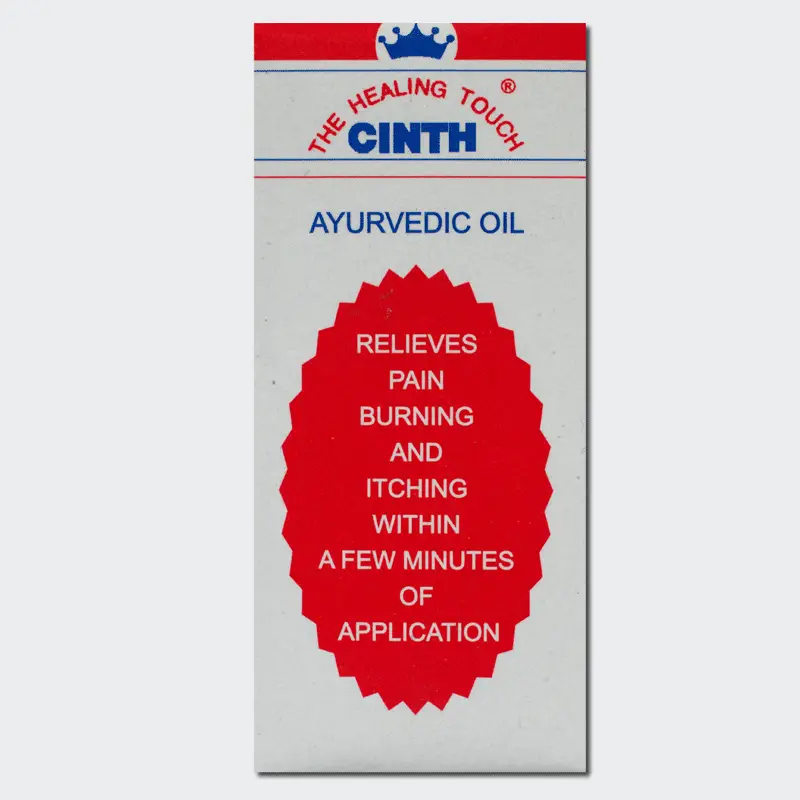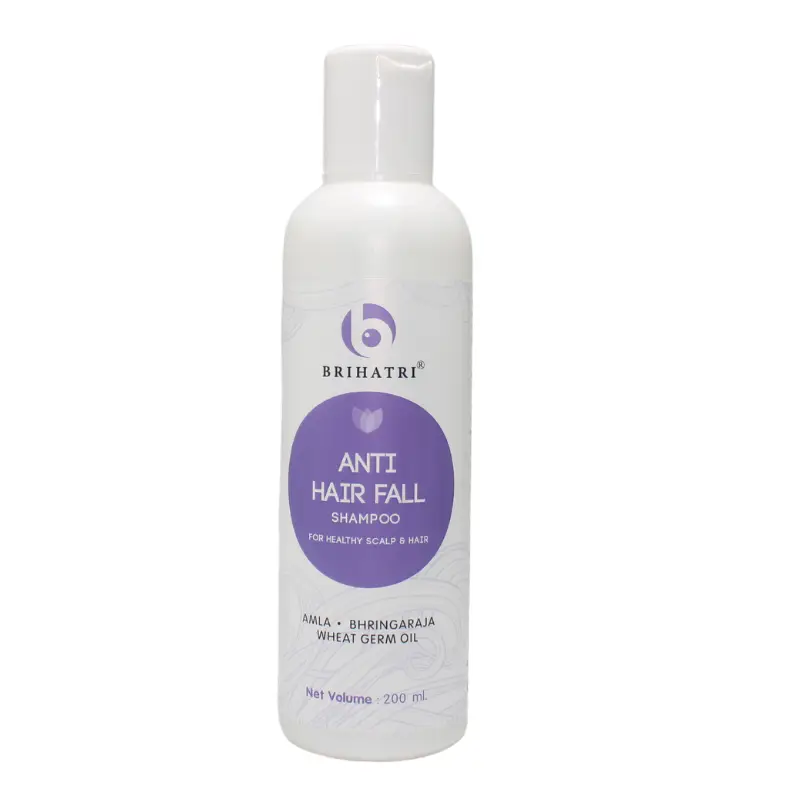kumkumadi taila is effective in treating dark circles under the eyes
There are various reasons for dark circles around the eyes. Lack of sleep, eye strain, stress, unhealthy diet, aging, poor nutrition, constipation or hereditary—dark circles are caused due to one or a combination of more than one of these reasons.
While Ayurveda suggests certain basic tips to prevent dark circles from occurring, these suggestions can be followed to even get rid of these patchy areas under the eyes. Drink at least 7-8 glasses of water daily to avoid dehydration. Your diet should include foods rich in iron that will improve your haemoglobin content and reduce the dark circles. Dried beans, dry fruits, egg yolks, whole grains are rich in iron. Also add vitamin-C rich foods for better absorption of iron in the body. Some of these foods are citrus fruits, tomatoes, peppers, melon, guava and spinach that contain good amount of Vitamin-C.
Sleeping for at least 7- 8 hours at night will definitely remove the unwanted dark circles. Besides, certain specific yoga poses, deep breathing techniques and other stress relieving exercises help improve blood circulation and remove dark circles under the eyes.
Kumkumadi Taila for under-eye dark circles
Kumkumadi Taila (oil) is an Ayurvedic concoction of herbs that works wonders on skin health and treats various skin issues. The oil can also be used as a moisturiser, which is suitable for all skin types. An amazing blend of plants, flowers, fruits, and milk extracts, Kumkumadi Taila is a complete facial beauty product in itself.
Known for its luminescent properties, Kumkumadi oil is effective in rejuvenating and renewing skin cells, making the skin look young and healthy. The ancient concoction consists of about 26 ingredients, and each of the ingredients has beneficial effects on the skin.
Ingredients of Kumkumadi Taila
Kesar (saffron pollens): Rich in antioxidants, reduces spots, marks and dark circles under the eyes
Lal chandan (red sandalwood): Pacifies Pitta disorders, reduces inflammation
Manjistha: A potent blood purifier, reduces pigmentation, stimulates faster wound healing and reduces inflammation
Yashtimadhu (mulethi): Pacifies Pitta and Vata doshas, improves wound healing and reduces inflammation
Laksha (lac): Helps in wound healing and provides relief from burning sensation
Daruharidra (tree turmeric): Has powerful anti-inflammatory and antiseptic properties, helps in treating infections
Vetiver: Has antiseptic properties and balances hormonal disorders
Padmaka (Indian lotus): Helps in reducing pain and inflammation
Nilotpala (Indian water lily): Balances Pitta and Kapha disorders, soothes irritation, moisturises and regenerates the skin
Vata or banyan: Treats moles, heals wounds, and prevents skin infections
Kamala kesara (lotus stamen): Acts as skin conditioner, hydrates and moisturises the skin
Kumkumadi oil also contains sesame oil, almond oil, rose oil, goat milk, and rose water
Kumkumadi Taila: An effective treatment
Dark circle are a type of hyperpigmentation, when patches of the skin become darker than the normal skin colour. Besides excessive exposure to the sun, unhealthy food, aging, lack of sleep, etc, dark circles also occur due to other reasons like hormonal imbalance caused due to the Vata-Pitta doshas.
A powerhouse of antioxidants and anti-inflammatory properties, Kumkumadi Taila breaks the effects of chemicals like arachidonic acid, leukotrienes, and prostaglandins. It also reduces the release of the pigment melanin in the skin, thereby preventing dark patches.
The oil contains saffron which removes spots, marks and dark circles. Saffron is used as an Ayurvedic medicine for skin problems for since a very long time. It has antioxidant and anti-inflammatory properties that help in reducing dark circles.
The antioxidant and antibacterial properties of the oil help to promote blood circulation and rejuvenate skin cells. When used regularly, the oil reduces dark circles under the eyes. The herbs like sandalwood, saffron, and turmeric in the oil work wonders in reducing dark patches under the eyes. Turmeric is significant in treating dark circles. The oil easily penetrates the skin cells and lightens the dark patches.
CLICK HERE TO BUY NOW…..!!!!
How to use Kumkumadi Taila
After you remove all makeup residue, and wash the face with a mild facewash, apply a few drops of Kumkumadi Taila on your face, particularly on the dark circles under the eyes. Gently massage it in circular upward strokes for 5 to 10 minutes. Let it stay for 2-3 hours and then wash your face off


